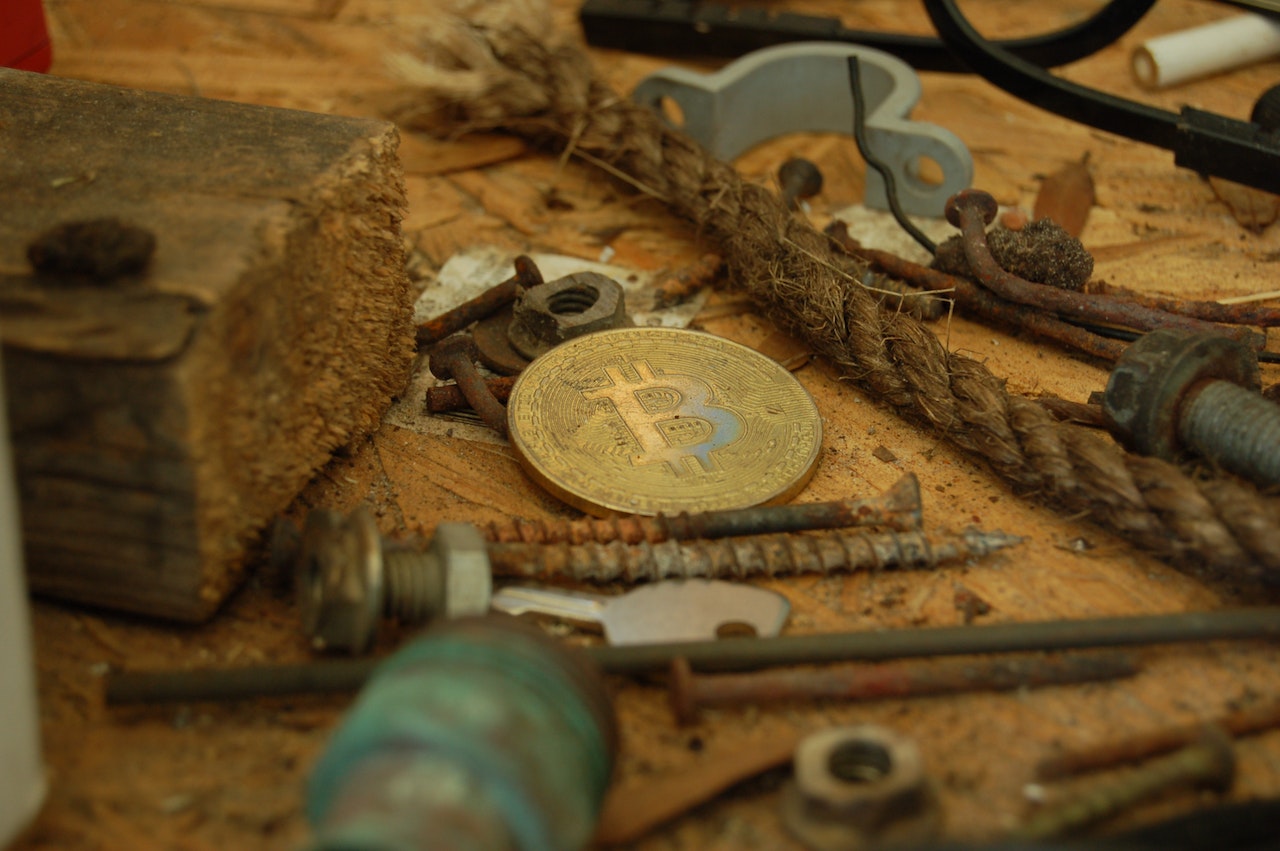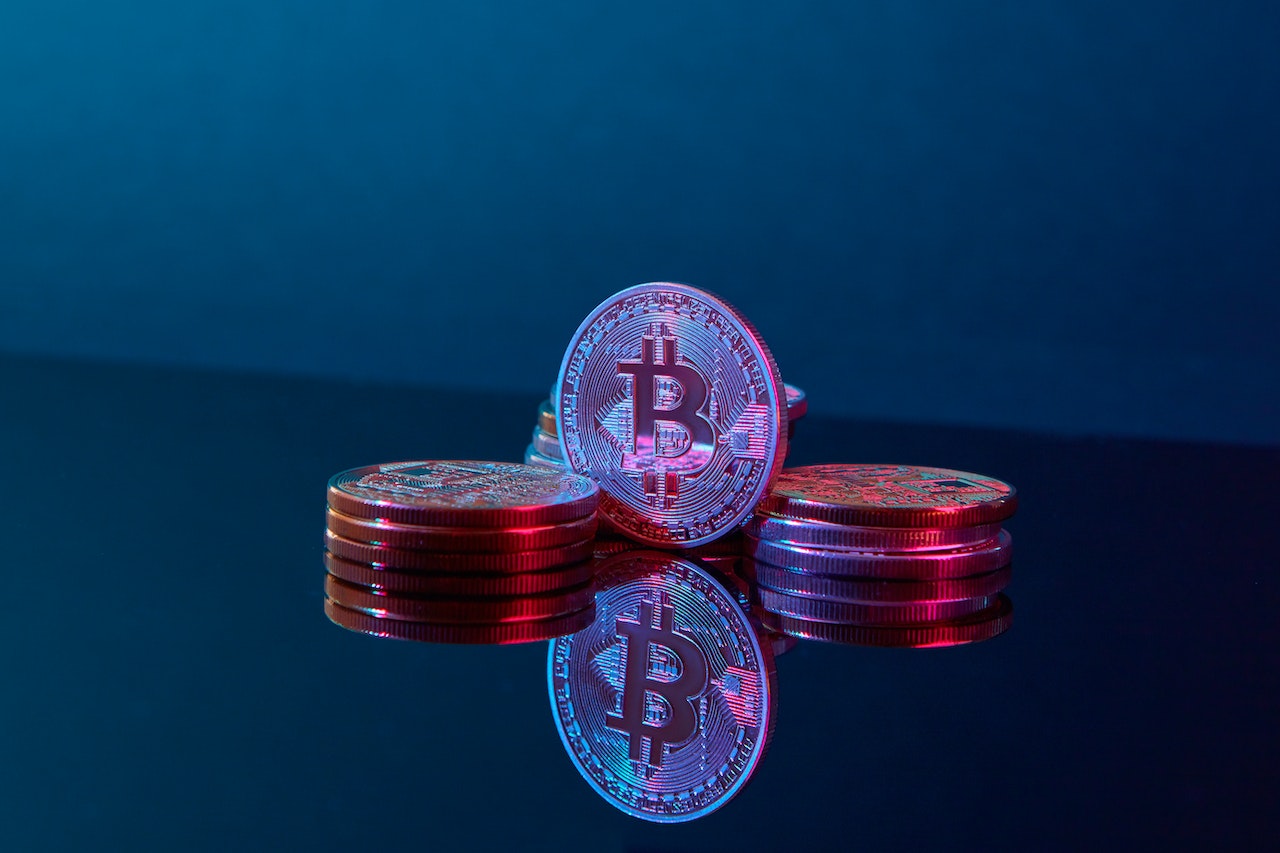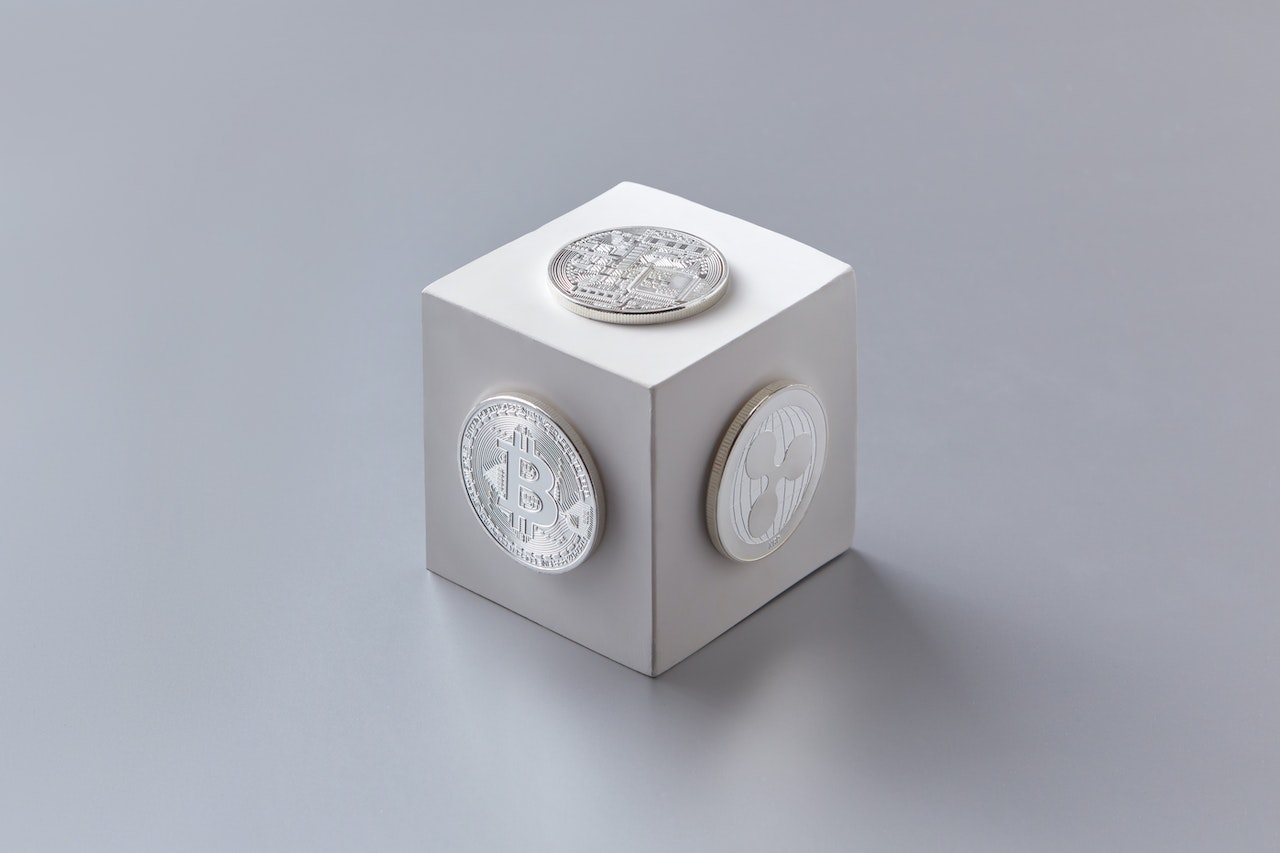Although non-fungible tokens (NFTs) existed years ago, it was only recently, in 2021, that people started to be aware of them, and investments were pouring in.
Investors and crypto enthusiasts traded digital assets amounting to over $1.5 billion between the last quarter of 2020 and 2021’s first quarter, a 2,627 per cent rise in sales volume. When the hype peaked in August 2021, more than $3.4 billion was bought and sold in a single marketplace.
If you’ve been confused by the sudden popularity of NFTs, this article will explain it. First, it is important to understand what NFTs and NFT metadata are.

What are NFTs?
A non-fungible token (NFT) is a unique, verifiable digital asset that a seller and buyer can trade.
Each NFT is distinct and has its worth rather than being interchangeable with other NFTs, unlike dollar bills or stock shares. The unique feature is crucial in separating NFTs from all other digital products and assets.
NFTs enable anyone to quickly verify the creation, purchase, and sale of goods using blockchain technology. However, when you purchase an NFT, you are not—unless specifically indicated—purchasing the copyright, intellectual property rights, or commercial rights to any underlying assets.
The process of producing and selling NFTs operates as follows:
- A person or business chooses a particular asset to sell as an NFT.
- They “mint” the object that produces the NFT and adds it to a blockchain that supports NFTs.
- Now that the NFT represents the item on the blockchain, ownership proof is confirmed in an unchangeable record.
- The NFT can be purchased, sold, and exchanged through NFT marketplaces and auctions or retained as a part of a private collection.
What is an NFT Metadata?
NFT metadata refers to a digital asset’s characteristics or details. The most widely used metadata includes the file name and description, transactional history, and other relevant information from the creator.
Additionally, NFT metadata is distinct from the NFT itself and lives in its own space. The metadata is kept in a particular place, either on or off the blockchain, and it’s essential for retaining the NFT’s value.
Why Are NFTs So Popular Now?
NFTs gained popularity for many reasons. They have an excellent level of security, keeping them safe from hackers, and their value is also exceptionally high. They are one-of-a-kind and impossible to duplicate, providing consumers with a way to express themselves, a crucial part of marketing.
NFTs are also gaining prominence since they promote community development and interaction. Moreover, NFTs are gaining much attention from pop culture celebrities like Kylie Jenner, Justin Bieber, Snoop Dogg, Paris Hilton, Jimmy Fallon, Eminem, and Steve Aoki.

Features and Functions You Need to Know About NFTs
Here are some of the features and functions common to NFTs:
1. NFTs are not cryptocurrencies
Although NFTs differ from cryptocurrencies, they are often created using Ethereum and Bitcoin-like technologies. NFTs also live on a blockchain, just like cryptocurrencies, which confirms their distinct identity and ownership.
2. NFTs empower creative industries
It is common for auction houses, producers, and publishers to coerce creators into signing agreements that aren’t in their best interests.
But NFTs enable artists to independently mint and sell their creations while retaining ownership of the intellectual property and creative control. Additionally, subsequent sales of an artist’s work are eligible for royalties.
By avoiding the gatekeepers that now dominate the creative industries, NFTs have the potential to establish more equitable business structures. Through NFTs, the art and creative industries gain security, support, and empowerment from the public.
3. NFTs build communities
NFT ownership has social advantages because many creators have developed dynamic communities out of their NFT ventures.
For instance, the Bored Ape Yacht Club is arguably the best illustration of NFT project-related community building. They have a members-only discord, unique goods, a say in the project’s destiny, passes to online meetups, and much more.
As a result, NFT owners build a certain sense of identity among their peers.
4. NFTs can act as great investments
Some people perceive NFTs as traditional art or an asset since their value rises with time.
A good example is Everydays: The First 5000 Days composite, an artwork by well-known American digital artist Mike Winkelmann or Beeple. He sold this piece for $69 million in March 2021.
4 Steps to Have Your Own NFT
Before you get the ball rolling, here are four steps to take to have your own NFTs.

1. Start with a crypto wallet
A crypto wallet can come in two forms, either a computer program or a physical device, that lets you store and trade digital assets. Software wallets are useful for short-term transactions and minting. Hardware wallets, however, are more secure and can hold your most significant valuables.
2. Buy cryptocurrency
Cryptocurrencies come in many forms, but Ether (ETH) is the dominant one for NFT transactions and the native currency of the Ethereum blockchain.
The place you choose to purchase cryptocurrency typically relies on your desired form of payment. While OpenSea and SuperRare only accept cryptocurrencies, MakersPlace and Nifty Gateway accept conventional payments.
3. Find the right marketplace
Several marketplaces are suitable for minting one NFT at a time, while others are best for larger batches of selling NFTs.
Either way, it’s best to consider other costs, such as gas or transaction fees. Furthermore, do your research about royalty splits. When you mint on particular platforms, cross-platform royalties are not a given.
Smart contract and minting solutions like CXIP help solves the issue, and 0xSplits assist with automated royalty splits to guarantee you earn secondary sales royalties regardless of where your NFTs are resold.
4. Mint, buy or sell an NFT
Minting is the process of connecting a particular data set—the NFT—with an asset, which produces new NFTs.
Remember, you must be the copyright and intellectual property rights owners for the object you want to mint. Otherwise, you can find yourself in serious trouble.
You can start minting after choosing a marketplace and setting up an account. Depending on the blockchain you’re using, this process will vary slightly, but you’ll need to upload the content you want to link to your NFT. Then you fund the transaction with ETH or another cryptocurrency.
After the minting procedure, you will have full access to your new NFT’s details. Once linked to your digital wallet, you can store, sell, or trade it at your chosen marketplace.

Is Non-fungible Token (NFT) right for you?
NFTs and the rest of the blockchain technology are a vast industry to explore. However, they can be pretty technical, which can overwhelm some individuals.
But if you are well-versed in the field or are interested in learning more about them, NFTs can provide you with more opportunities to discover. There are other factors to consider determining if NFTs are advisable for you.
Anyone can invest in these digital assets; hence, it is a matter of why you would want to. If you would like to support your favourite artists or invest in blockchain-secured assets, NFTs can be your best bet.
Non-fungible token (NFT) is also excellent for investors looking to diversify their portfolios or those who want more liquidity in their assets, such as virtual land.

Janella is an outreach partner of the world’s leading blockchain ecosystem, with a product suite that includes the most prominent digital asset exchange.
